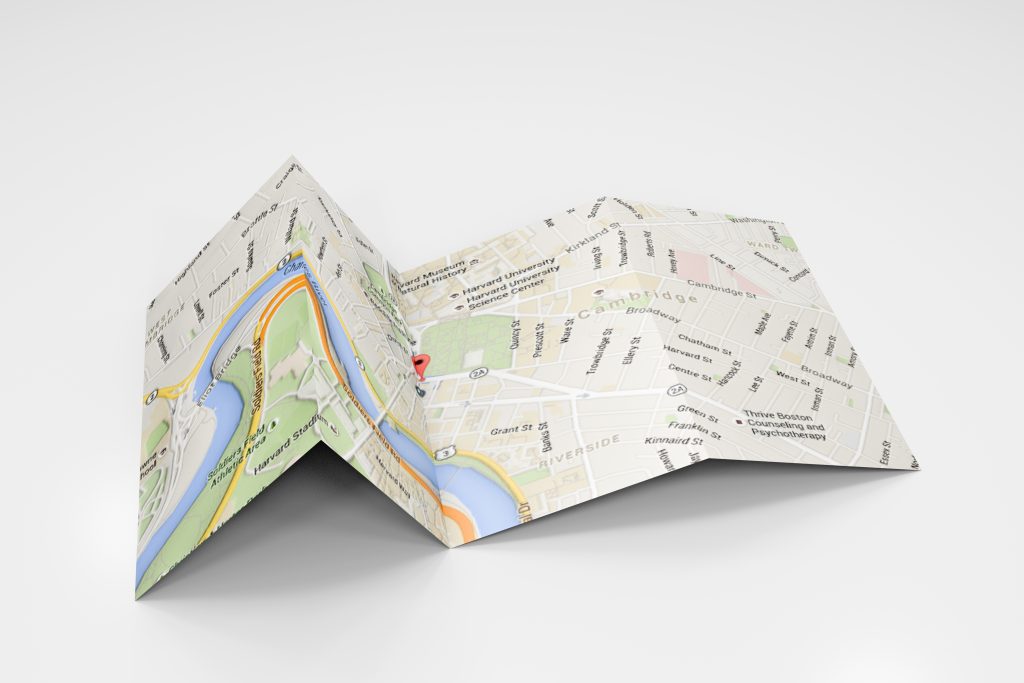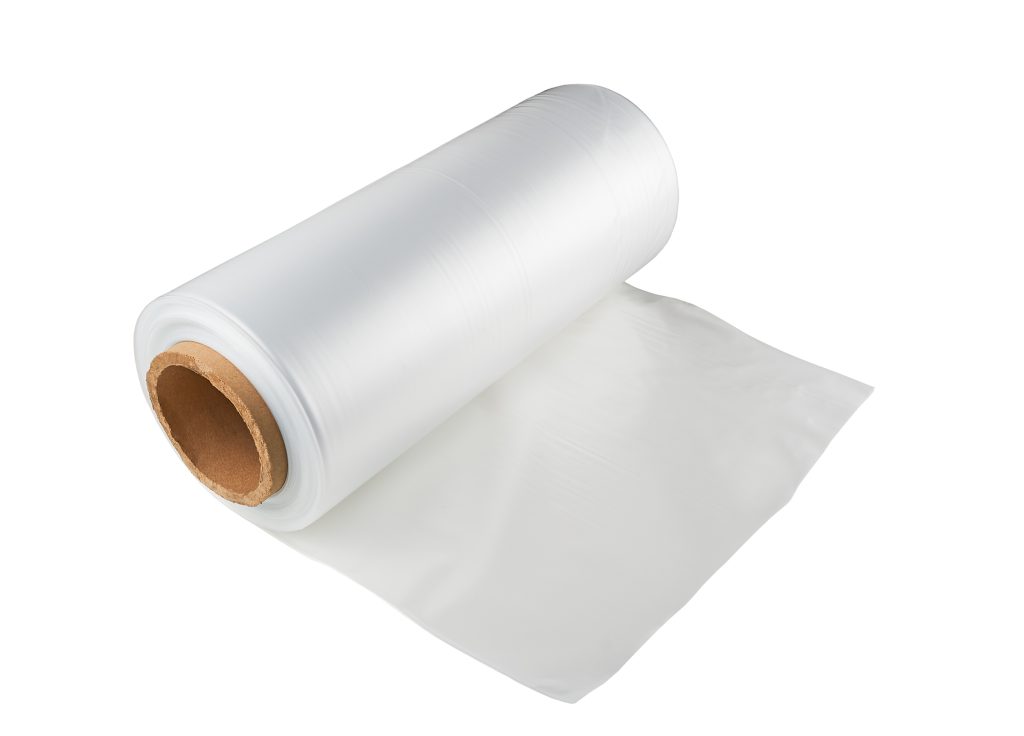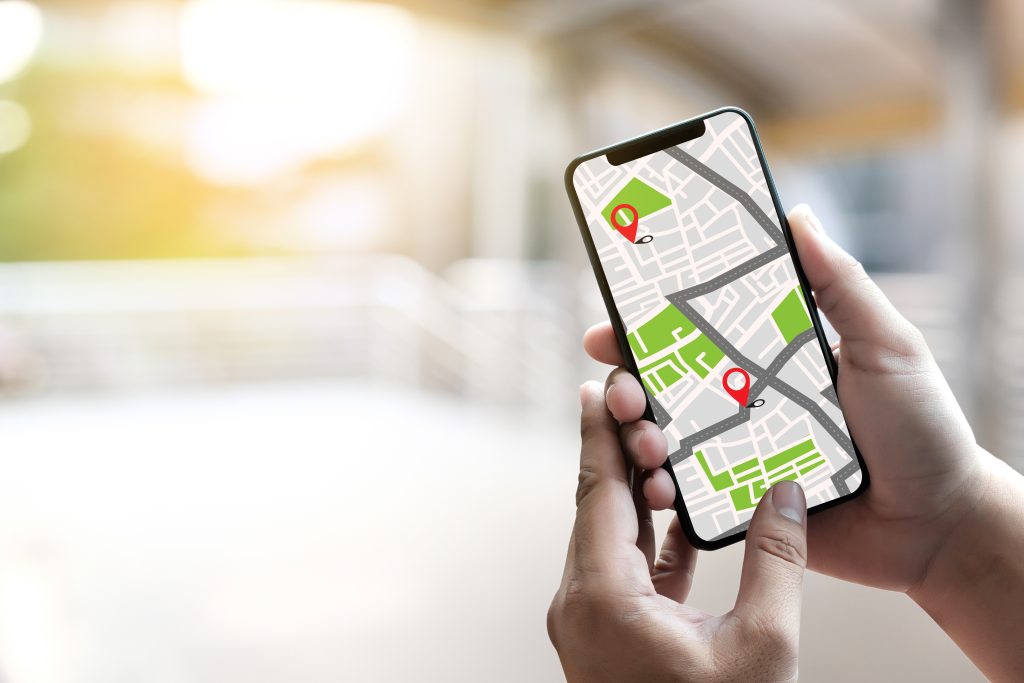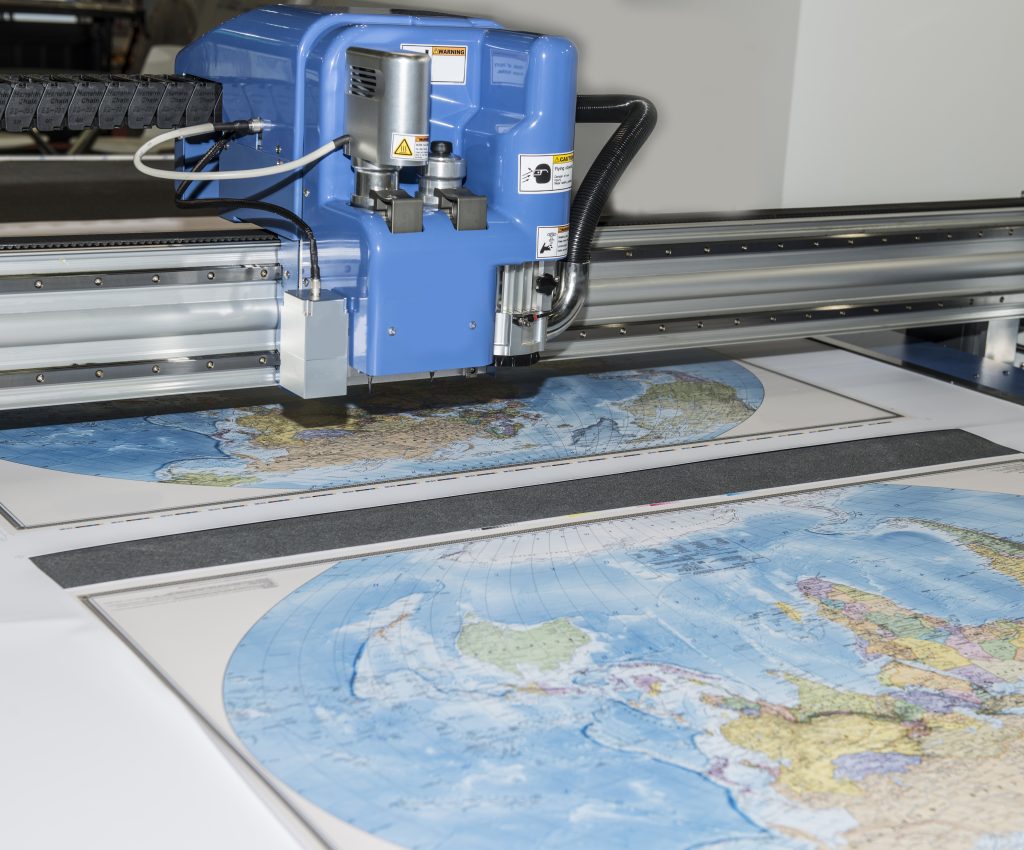Exploring the world through maps is both an art and a science, a passion that connects us with places we’ve been and places we dream of. For cartography enthusiasts, the right materials can make all the difference in creating and preserving these treasured guides.
Cartography, the art and science of map-making, has been guiding humanity for centuries. It’s not just about plotting points on paper; it’s about storytelling, conveying information, and understanding our world. Whether you’re a hiker tracking trails or a historian mapping ancient cities, the tools you use can either elevate your craft or lead to a crinkled, unreadable mess (we’ve all been there).
1. Paper Maps: The Classic Choice

The traditional paper map is the quintessential starting point for any cartographic collection. It’s tactile, it’s classic, and it’s got that old-world charm that digital screens can’t replicate. Paper maps can range from thin, everyday stock to high-quality, heavy-duty paper that can withstand a bit of handling. Remember, though, they’re not invincible (coffee spills, anyone?), so handle with care.
2. Tyvek Maps: Durable and Waterproof
Enter Tyvek: the Superman of map materials. This synthetic fabric is not only waterproof and tear-resistant but also incredibly lightweight. It’s ideal for those rugged outdoor adventures where the elements are against you. With a Tyvek map in your backpack, you can ford rivers and brave storms without turning your route into a soggy puzzle.
3. Polyester Film: A Robust Alternative

For those seeking a step up from Tyvek, polyester film maps are like the armored knights of the cartography world. They’re virtually indestructible, resistant to water, and won’t tear or yellow over time. This is the go-to for serious enthusiasts who need their maps to endure the trials of time (and maybe a few coffee spills).
4. Digital Maps: The Modern Shift

We can’t ignore the digital revolution. With a few taps on a smartphone or clicks on a computer, you have access to a world of maps. Digital maps are continuously updated, incredibly versatile, and can offer real-time data that paper just can’t. But let’s face it, batteries die and signals fade, so having a physical backup is always a smart move.
5. Map Lamination: Extra Protection
Whether it’s a cherished vintage map or a printout of your latest creation, lamination adds a protective shield against wear and tear. It’s the map’s knight in shining armor, warding off water, wrinkles, and time’s relentless march. Just remember, once laminated, you can’t make changes, so be sure it’s as perfect as you want it to be.
6. Inks and Printing Techniques

The right ink can make your map pop with clarity or leave it a smudged mess. Archival inks resist fading and are a must for maps that need to last. Printing techniques also matter. Offset printing is great for large runs, while digital printing allows for intricate details and custom runs. Each method has its pros and cons, but the choice can drastically affect your map’s quality.
7. Map Finishing: Adding the Details
The devil’s in the details, and finishing touches like a matte or gloss coating can enhance readability and aesthetic appeal. Embellishments such as raised relief can bring a map to life, and a careful selection of fonts and symbols can make the difference between confusion and clarity. It’s these little things that can turn a good map into a great one.
Storage Solutions for Map Care
Proper storage is key to preserving your maps. Flat files, acid-free sleeves, and climate-controlled environments are the gold standard. For the everyday enthusiast, a simple map case or tube can keep your charts in shipshape. Remember, a well-cared-for map is like a good friend – it’ll guide you when you need it most.
Conclusion: Mapping Your Journey
Cartography is not just about the destination; it’s about the journey of creation and exploration. The materials you choose can enhance that experience and ensure that your maps remain both useful and beautiful for years to come. So, whether you’re charting unknown territories or revisiting familiar paths, make sure to equip yourself with the best tools for your cartographic adventures.
The right materials can transform map-making from a simple task to a rich, immersive experience. For cartography enthusiasts, selecting the best tools is part of the joy of mapping, ensuring each map is not just a tool, but a treasure.